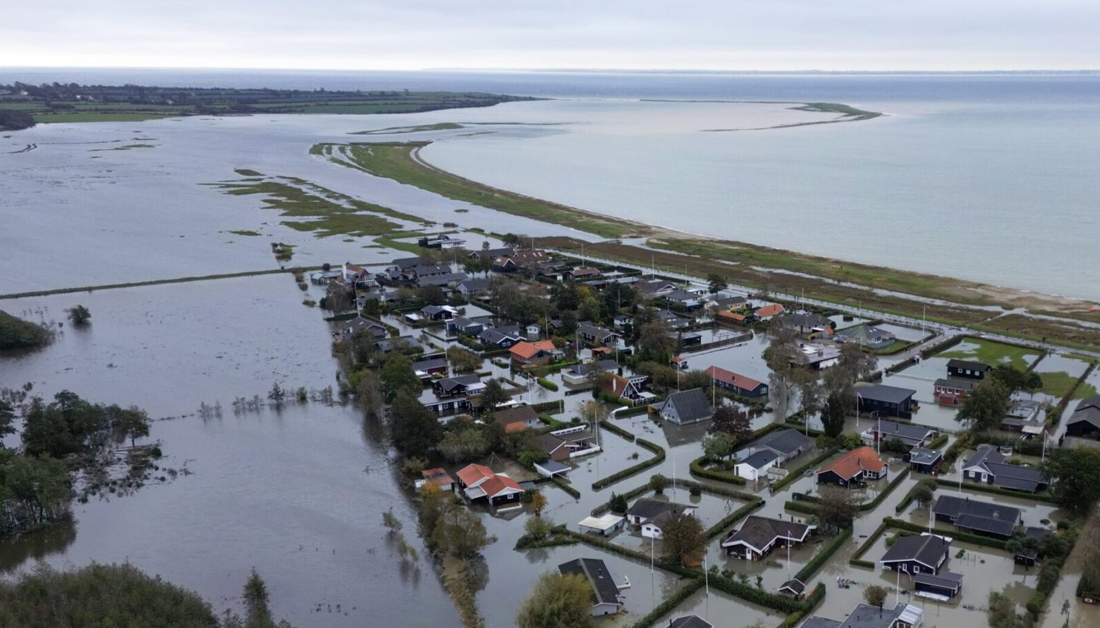After the Floods, an investigation spanning eight European countries, reveals how Europe is responding to one of the most urgent and complex consequences of climate change.
Flooding is not merely the result of extreme weather or individual failures — it reveals a deeper problem of fragmentation.
What began as a data-driven search for negligence in how authorities react to flooding, through a wave of freedom of information requests, evolved into a broader story about disjointed systems, overlapping responsibilities and gaps between countless well-intentioned initiatives.
The investigation shows how, although climate change affects every corner of Europe, its impacts — and the responses to them — vary dramatically.
In some regions, rivers burst their banks and inundate floodplains; in others, rising seas threaten coastal cities. Governments take divergent paths. Some build dams and walls to protect development, while others seek to restore natural buffers like wetlands and rivers.
The result is a patchwork of strategies shaped by geography, politics and culture — and by competing visions of how nature and cities should coexist.
The cross-border investigation reveals that there is no single fix. Across the continent, communities and citizen-led initiatives are finding their own ways to adapt, protect and rebuild. Their stories point not only to the scale of the challenge, but also to the resilience and ingenuity already emerging in the face of worsening floods.
The project was carried out as a collaboration between Marcos García Rey, Katharine Quarmby, Clarine van Karnebeek, Tommy Greene, Krzysztof Story, Frontstory and VSquare, Kaare Godtfredsen from the Danish Centre for Investigative Journalism, and Staffan Dahllöf, Nils Mulvad and Nicoline Noe from Investigative Reporting Denmark.
